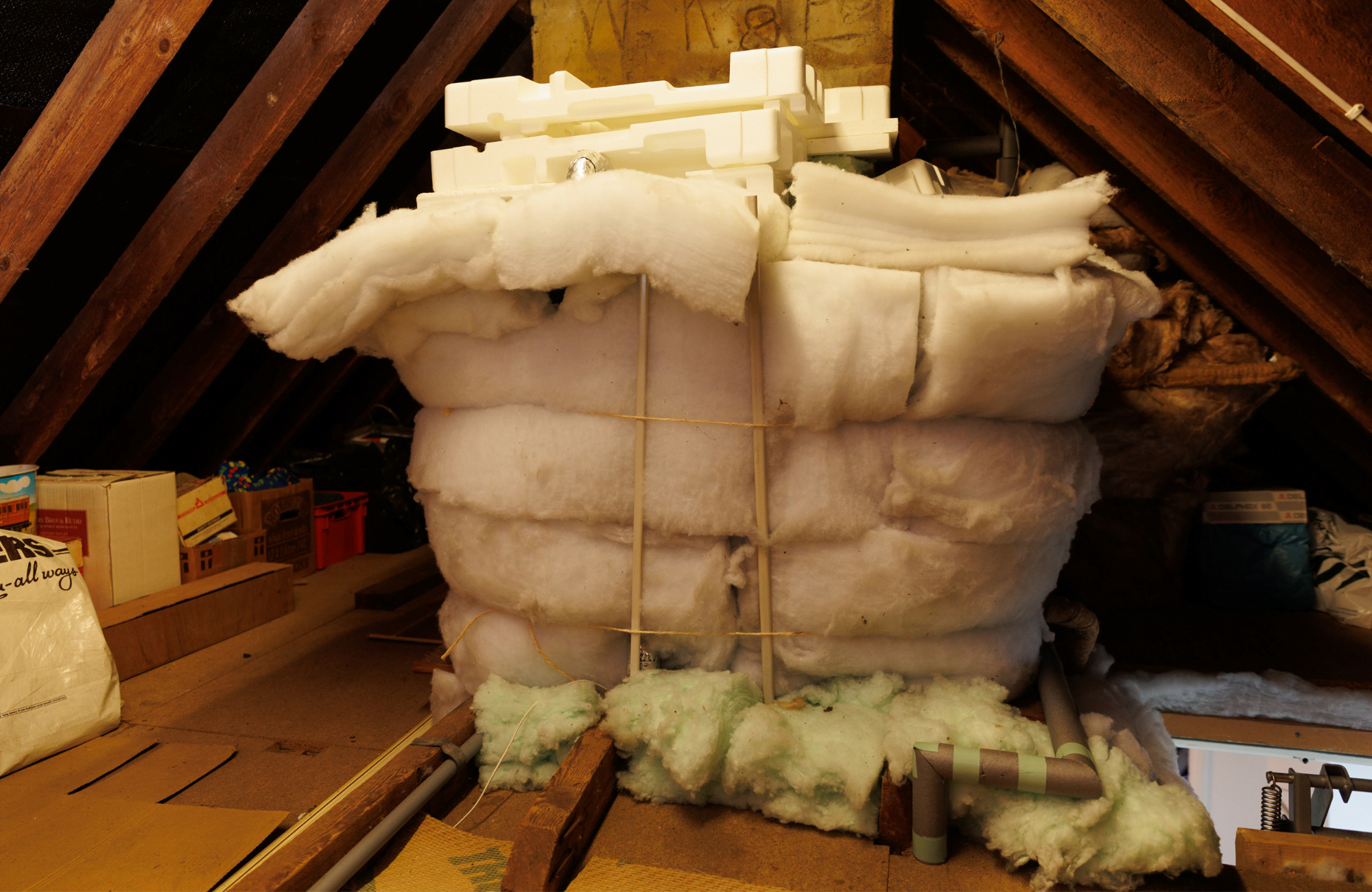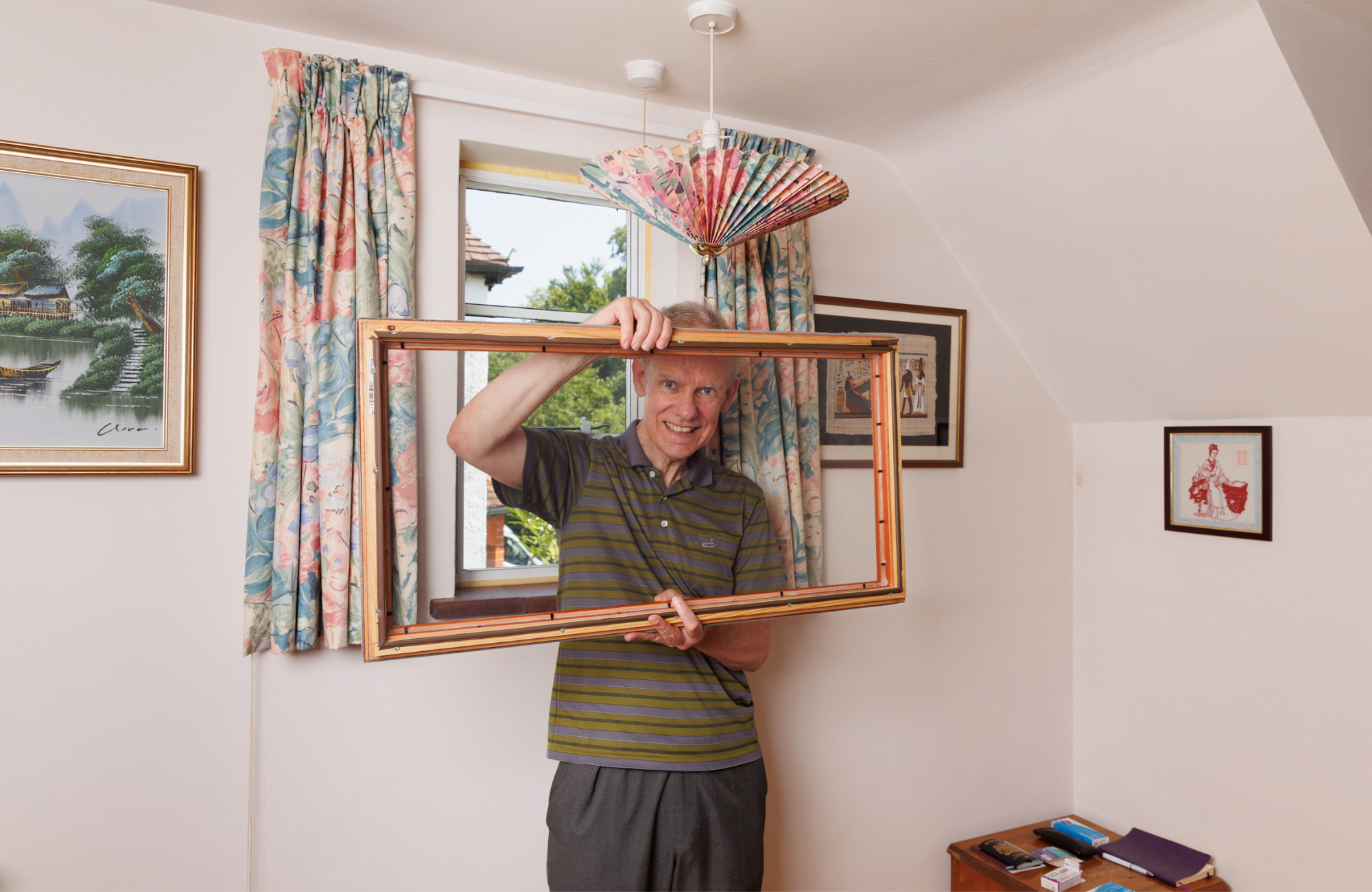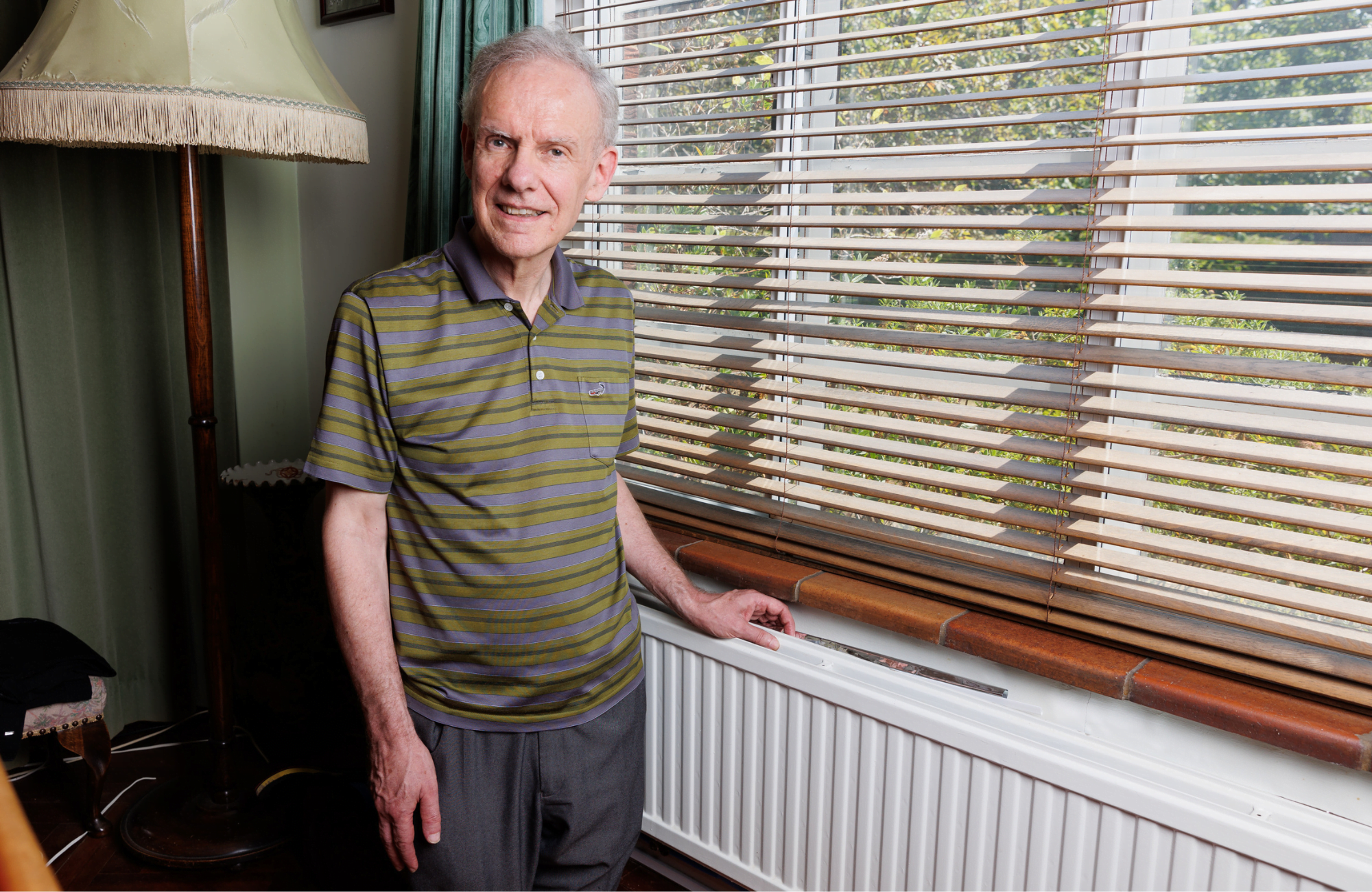Peter explains: “When I first started, I wanted to reduce my energy usage to save some money and encourage my family to use less energy.”
He adds: “Now the environment has come to be a much more pressing issue and it’s more important than ever to reduce the amount of energy we use. This is particularly important in a 1950s house; getting it up to a stage where anybody could come and live in it comfortably without using much energy is a good thing.”





